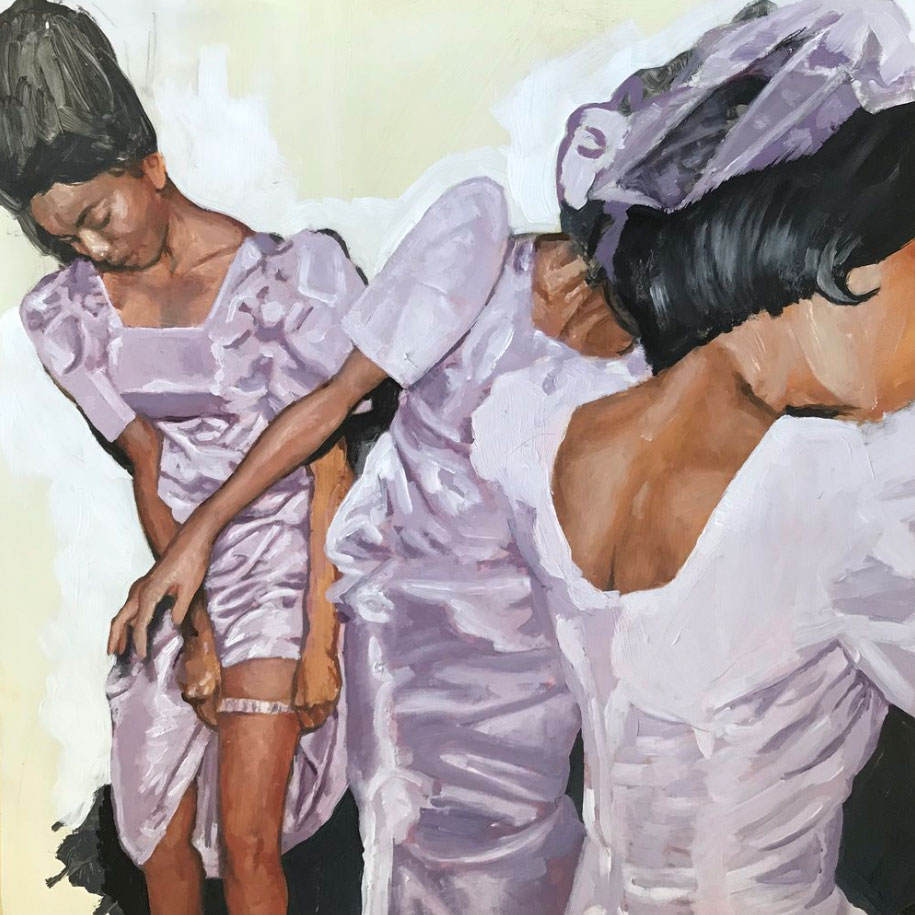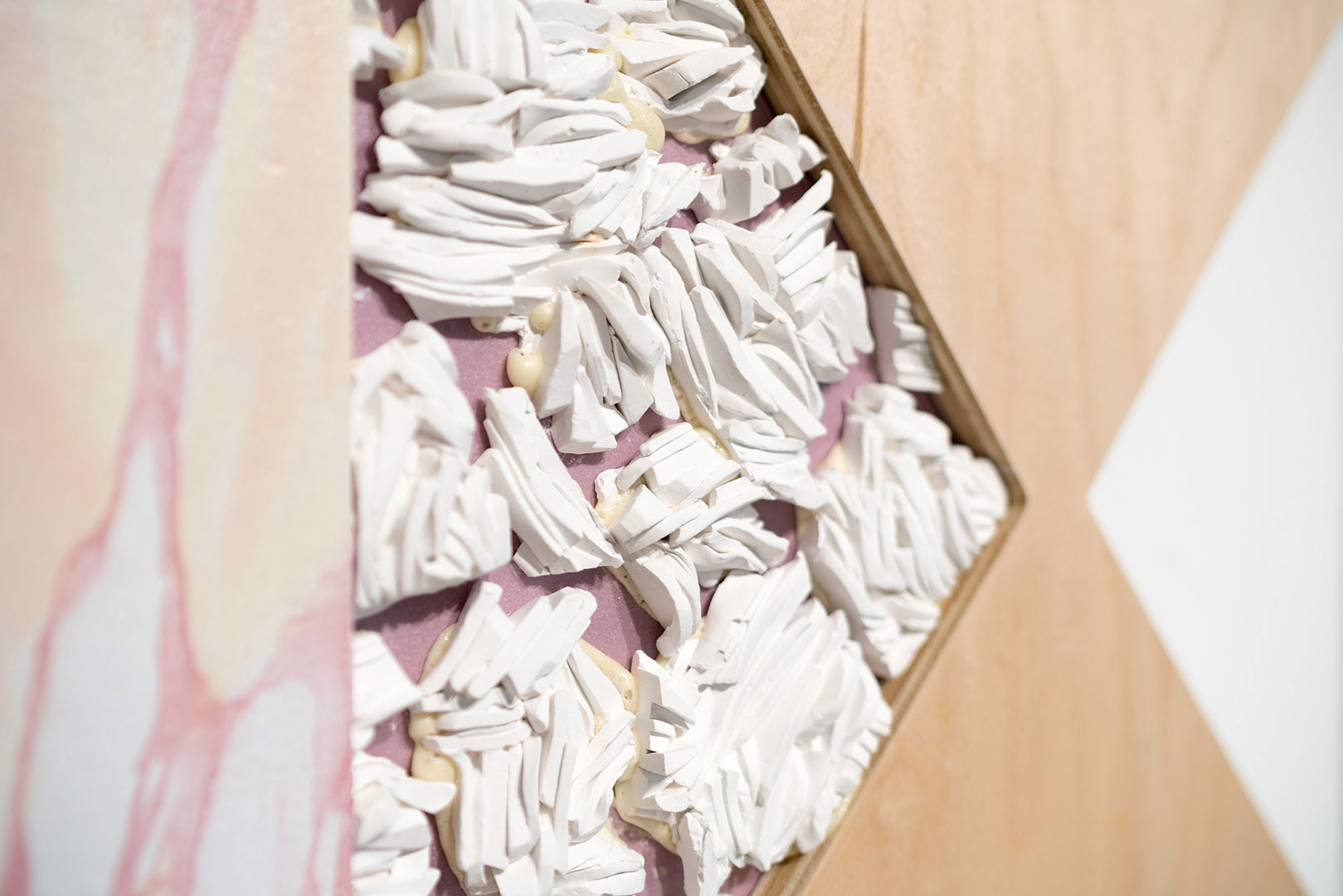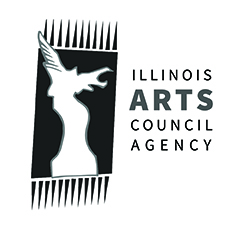“Existential Byproduct” and “Ranch Style House” on Exhibition in Merwin and Wakeley Galleries

BLOOMINGTON, Ill. –– The Merwin and Wakeley Galleries in the Ames School of Art and Design are showcasing Nathan Gorgen and Molly Jo Burke’s “Existential Byproduct,” and Kirsten Valentine’s “Ranch Style House” Jan. 20 through March 4, 2020.
Located in the Ames School of Art and Design (6 Ames Plaza West), the galleries are free and open to the public Monday through Friday 12-4 p.m., Tuesday evening 7-9 p.m., and Saturday and Sunday: 1-4 p.m.
Valentine will present a talk, which is free and open to the public, on Wednesday, Jan. 22 at 10 a.m. in the Wakeley Gallery. Valentine is an artist living and working in Chicago. Recently she has exhibited in “Work@Play” at Zg Gallery in Chicago, “Open Call” at Delphian Gallery in London, England and “Tiny Acts Topple Empires” at the Woskob Family Gallery in Pennsylvania, among others.
Valentine’s work consists of figurative painting derived from vernacular photography. The image is driven by that which was lost or discarded, the result a fragment of a narrative. The paintings are deliberately and glaringly unfinished, faces are smeared, limbs implied, all juxtaposed with photorealistic elements. Large areas are left untouched, the painting ground clearly visible, messy brushwork and drips contrast realistic elements of academic portraiture. The figures are isolated, without an environment, background or context, their only relationship is with the viewer.

Gorgen and Burke –– featured in the Merwin Gallery –– are an artist and designer couple and parents of young children, who collaborate on artwork that raises issues of environmentalism and waste and the nature of the materials and objects that surround their everyday lives. The artists have very different individual practices, and they use the excess material left behind by their respective processes to create their collaborative work.

With this newest series they have begun to use the objects they collect in their family life, such as unused children’s items and leftover components from home improvement projects. This results in imaginative recycling and repurposing of substances for roles that they do not normally fill, which in turn allows the artists to address their own “waste stream.”
A variety of coatings, such as plaster, wax, epoxy, and faux painting (also left over from other projects) are then applied to the materials to either heighten or obscure their innate qualities. This allows the artists to play with perceptions of a material’s purpose, quality and value, as waste material and the byproducts of their life are transformed through the process.
This program is partially supported by a grant from the Illinois Arts Council Agency.
By John Twork